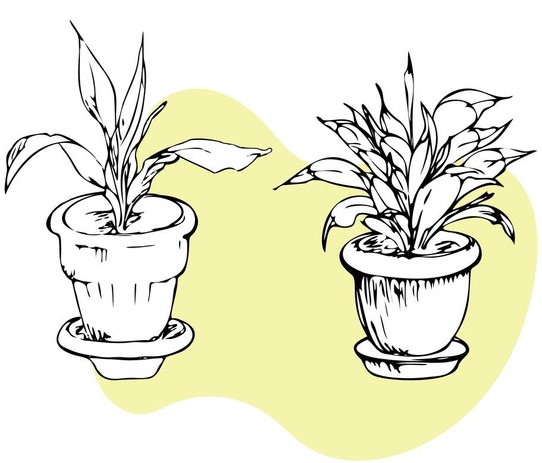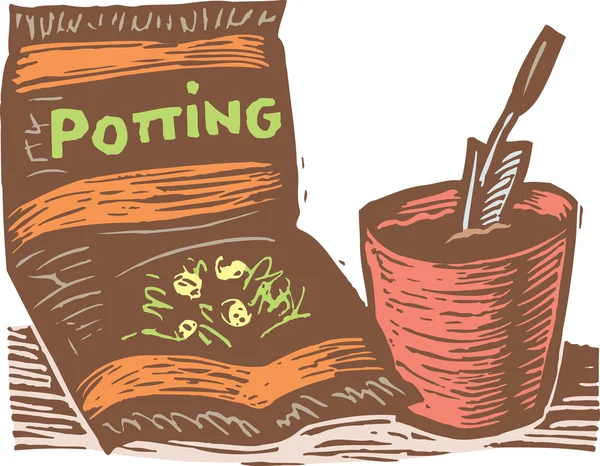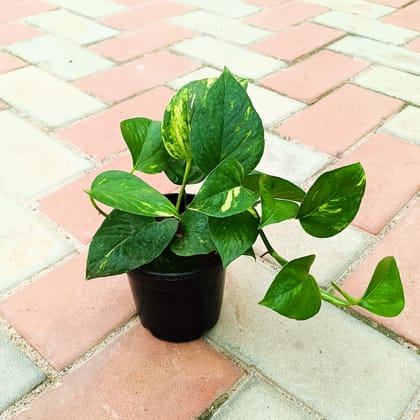
- Plants
- Plants
- Home Decor Plants
- Home Decor Plants
- Pots
- Pots
- Soil & Add ons
- Soil & Add ons
- Seeds
- Seeds
- Tools
- Tools
- Decor
- Decor
- Gifting
- Gifting
- Bulk Gifting
- Bulk Gifting
- Gardening Kits
- Gardening Kits
- Outdoor Garden
- Outdoor Garden
- Others
- Others
- Sale
- Sale
- Best Selling Plants
- Best Selling Plants
Urvann
Urvann is your one-stop online nursery for plants, planters, gardening accessories, and tools. Order fresh plants and get free home delivery on the next day!
EN677d0dab1c88ad002b0bb178 Raphis Palm in 8 Inch Nursery Pot https://www.urvann.com/s/6176774ef575bbd2b3331c8a/677d0dad1c88ad002b0bb17a/2.jpg
Rhapis Palm or Rhapis excelsa, also known as broadleaf lady palm or bamboo palm, is a species of fan palm (Arecaceae subfamily Coryphoideae, tribe Trachycarpeae) in the genus Rhapis, probably native to southern China and Taiwan. It is not known in the wild; all known plants come from cultivated groups in China. Rhapis excelsa grows in multi-stemmed clumps with glossy, palmate evergreen leaves divided into broad, ribbed segments. Leaf segments are single or few in young plants and increase to a dozen or more in mature plants; segments are divided into the petiole. Leaf-ends are saw-toothed unlike most other palms
Benefits of Rhapis Palm
 Air Purifier :
Air Purifier :
The Rhapis Palm plant is effective in removing common indoor air pollutants, and giving out oxygen-rich air. This helps to improve the air quality of our homes and office areas.
 Aesthetic Appeal :
Aesthetic Appeal :
The Rhapis Palm has an elegant, lush green appearance and adds a touch of tropical beauty to our living spaces.
 Low Maintenance :
Low Maintenance :
Rhapis Palm plants are easy to grow. Place it in a well-ventilated, diffused sunlight area or a well-lit indoor space, and the plant will thrive. Beginners can also grow this beautiful plant.
 Humidity Regulation :
Humidity Regulation :
Rhapis Palms regulate humidity levels as its leaves release moisture in the air which can be beneficial for both plants and the occupants.
Care Tips For Rhapis Palm
 Watering :
Watering :
Water the Rhapis Palm plant when the soil is completely dry. Since the plant is mostly placed indoors, it may take a few days for the soil to become completely dry. Water thoroughly
 Light :
Light :
Do not keep the Rhapis Palm plant in direct sunlight as it will burn its leaves. Keep the plant in a medium or filtered light. The best light to fall on this plant is from the east or north-facing window.
 Placement :
Placement :
Place the Rhapis Palm in the east or north-facing place so that the morning sunlight can fall on it.
 Fertilization :
Fertilization :
Add fertilizers such as vermicompost every 2 months to balance the nutritional needs of the Rhapis Palm plant. Keep tilling the soil to increase aeration.
 Ideal Soil Mix :
Ideal Soil Mix :
The Rhapis Palm plant requires well-draining soil that does not retain much water. The ideal soil mix for this plant is, Cocopeat (50%) + Garden Soil (30%) + Vermicompost (20%) .
 Pruning :
Pruning :
Pruning the Rhapis Palm plant regularly will ensure that it has a bushier, healthier growth. The plant also grows faster when pruned.
 Pest Control :
Pest Control :
The Rhapis Palm plant is susceptible to mealy bugs, scales, mites, and thrips. However, spraying the plant with neem oil spray will be a good precautionary measure.
Frequently Asked Questions about Rhapis Palm
1. What is the Rhapis Palm used for?
The plant is popularly used in offices, malls, and other commercial areas as it is quite low-maintenance.
2. Is Rhapis palm an indoor plant?
The beautiful Rhapis Plam is an indoor plant that thrives with indirect or filtered sunlight.
3. How long do Rhapis Palms live?
If the plant is given proper care and nutrition, it can live for several decades.
4. How fast does the Rhapis Palm grow?
The Rhapis Palm has a great growth rate. It can grow to almost 1 meter annually.
5. Where can I buy Rhapis Palm?
Head over to Urvann, India’s favorite online nursery, and browse from their extensive collection of plants.
.
.
AYU1691Pin stockINR 249
1 5
Email ID already exists!
Your Current password is incorrect
Password Updated Successfully
Thanks for your Feedback
- Home
- Pet Friendly Plants
- Summer Plants
- Raphis Palm in 8 Inch Nursery Pot
Raphis Palm in 8 Inch Nursery Pot
₹249₹499 (50%OFF)
Sold By: AYU
Features
- Multi-stemmed
- Feathery leaves
- Air-purifiers
- Used in landscaping
- Beginner-friendly
Description of product
Rhapis Palm or Rhapis excelsa, also known as broadleaf lady palm or bamboo palm, is a species of fan palm (Arecaceae subfamily Coryphoideae, tribe Trachycarpeae) in the genus Rhapis, probably native to southern China and Taiwan. It is not known in the wild; all known plants come from cultivated groups in China. Rhapis excelsa grows in multi-stemmed clumps with glossy, palmate evergreen leaves divided into broad, ribbed segments. Leaf segments are single or few in young plants and increase to a dozen or more in mature plants; segments are divided into the petiole. Leaf-ends are saw-toothed unlike most other palms
Benefits of Rhapis Palm
 Air Purifier :
Air Purifier :
The Rhapis Palm plant is effective in removing common indoor air pollutants, and giving out oxygen-rich air. This helps to improve the air quality of our homes and office areas.
 Aesthetic Appeal :
Aesthetic Appeal :
The Rhapis Palm has an elegant, lush green appearance and adds a touch of tropical beauty to our living spaces.
 Low Maintenance :
Low Maintenance :
Rhapis Palm plants are easy to grow. Place it in a well-ventilated, diffused sunlight area or a well-lit indoor space, and the plant will thrive. Beginners can also grow this beautiful plant.
 Humidity Regulation :
Humidity Regulation :
Rhapis Palms regulate humidity levels as its leaves release moisture in the air which can be beneficial for both plants and the occupants.
Care Tips For Rhapis Palm
 Watering :
Watering :
Water the Rhapis Palm plant when the soil is completely dry. Since the plant is mostly placed indoors, it may take a few days for the soil to become completely dry. Water thoroughly
 Light :
Light :
Do not keep the Rhapis Palm plant in direct sunlight as it will burn its leaves. Keep the plant in a medium or filtered light. The best light to fall on this plant is from the east or north-facing window.
 Placement :
Placement :
Place the Rhapis Palm in the east or north-facing place so that the morning sunlight can fall on it.
 Fertilization :
Fertilization :
Add fertilizers such as vermicompost every 2 months to balance the nutritional needs of the Rhapis Palm plant. Keep tilling the soil to increase aeration.
 Ideal Soil Mix :
Ideal Soil Mix :
The Rhapis Palm plant requires well-draining soil that does not retain much water. The ideal soil mix for this plant is, Cocopeat (50%) + Garden Soil (30%) + Vermicompost (20%) .
 Pruning :
Pruning :
Pruning the Rhapis Palm plant regularly will ensure that it has a bushier, healthier growth. The plant also grows faster when pruned.
 Pest Control :
Pest Control :
The Rhapis Palm plant is susceptible to mealy bugs, scales, mites, and thrips. However, spraying the plant with neem oil spray will be a good precautionary measure.
Frequently Asked Questions about Rhapis Palm
1. What is the Rhapis Palm used for?
The plant is popularly used in offices, malls, and other commercial areas as it is quite low-maintenance.
2. Is Rhapis palm an indoor plant?
The beautiful Rhapis Plam is an indoor plant that thrives with indirect or filtered sunlight.
3. How long do Rhapis Palms live?
If the plant is given proper care and nutrition, it can live for several decades.
4. How fast does the Rhapis Palm grow?
The Rhapis Palm has a great growth rate. It can grow to almost 1 meter annually.
5. Where can I buy Rhapis Palm?
Head over to Urvann, India’s favorite online nursery, and browse from their extensive collection of plants.
.
.
Related products
User reviews
1 Review
I got my plants delivered few days back . They are really healthy and fresh.Jan 10, 2025 9:06:20 AM
Urvann is your one-stop online nursery for plants, planters, gardening accessories, and tools. Order fresh plants and get free home delivery on the next day!
Information
Major Categories
Gifting
Offers under 99
Offers Under 199
Plants
- Indoor Plants
- Low Maintenance Plants
- Flowering Plants
- Outdoor Foliage Plants
- Religious & Sacred Plants
- Air Purifying Plants
- Cactus & Succulents
- Good Luck Plants
- Plants by Location
- Plants of the Month
- Herbs-Medicinal & Vegetable Plants
- Fruit Plants
- Monsoon Plants
- Hanging Plants
- Potted Plants
- Bonsai Plants
- Special Plant Combos
- Bamboo Plant
- Pet Friendly Plants
- Plants to grow in Water
- Mosquito Repellent Plants
- Climbers & Creepers
Gardening Tools & Equipments
Soil & Fertilizers
Membership & Gift Cards
ADDRESS
Urvann India Private Limited
E-176
Delhi
Delhi 110060
IN
NEWSLETTER
Subscribe to get Email Updates!
Thanks for subscribe.
Your response has been recorded.
India's Number 1 Choice for Plants | Urvann India Private Limited






